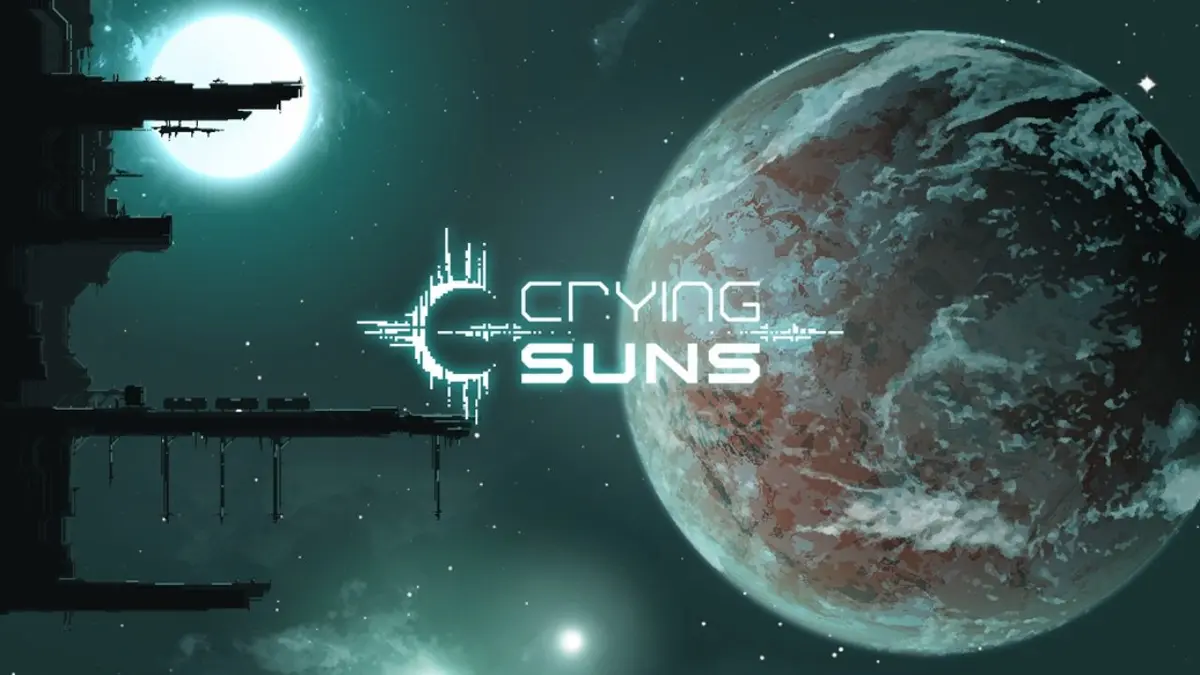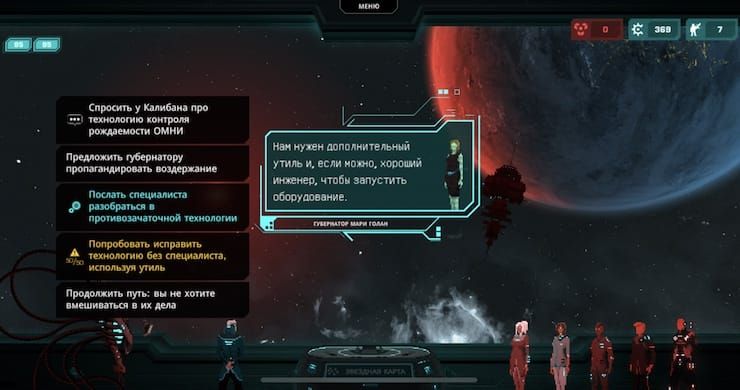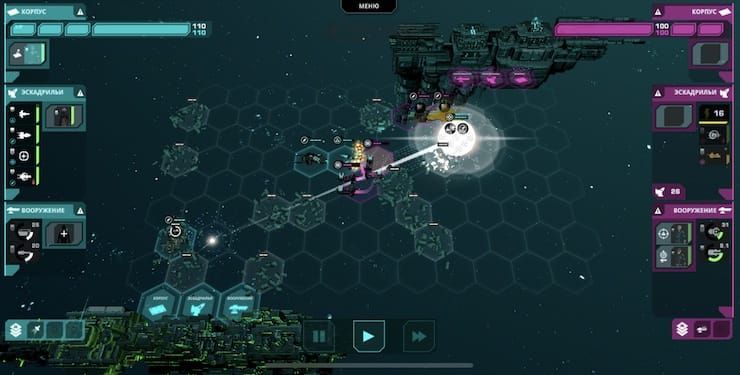

It's pausable real-time fought on a hex-based grid, with each unit having its own health and stats. When you're not clicking through events, you're juggling resources, upgrading and crewing your vessels, sending your ground troops to explore planetary surfaces or blasting your way through ship-vs-ship battles. However, Crying Suns event system regularly leans on - or advances - its story, and that makes it really stand out. These will be instantly recognisable for fans of the genre, and developer Alt Shift has taken a lot of pride in pointing out similar visual framing as FTL: Faster Than Light. Most of the time you'll be in one of the starmap or galaxy views.

When I said earlier that Crying Suns was incredibly smart, I didn't just mean in the way that it manages player progression and the difficulty curve, but also in the various forms that the gameplay takes. Slay The Spire review - "Genre-defining card-roguelike finally goes mobile" This does also give a weird undertone to a quick single-chapter run, but once that feeling is pushed aside Crying Suns is nigh on perfect. This is a clever design mechanic - because it resets the difficulty curve, and restricts the complexity of the components - however, it does feel a bit jarring to have your progress reset after a massive victory. So, while it very much has the persistence and difficulty of a rogue-inspired game, every time you finish a chapter you end your campaign and can then choose a new point to start afresh from. In that way, it's a post-societal game, rather than a post-apocalyptic one, and the setting, as well as the mystery that surrounds it, really does a great job in tugging you forward through Crying Sun's chapters.

And it's a game with surprisingly rich lore - after a massive incident completely removes all structure from a galactic universe the various sectors all fall into disarray, but - in what is surely a comment on human nature - each becomes consumed or dominated by different sins.


 0 kommentar(er)
0 kommentar(er)
